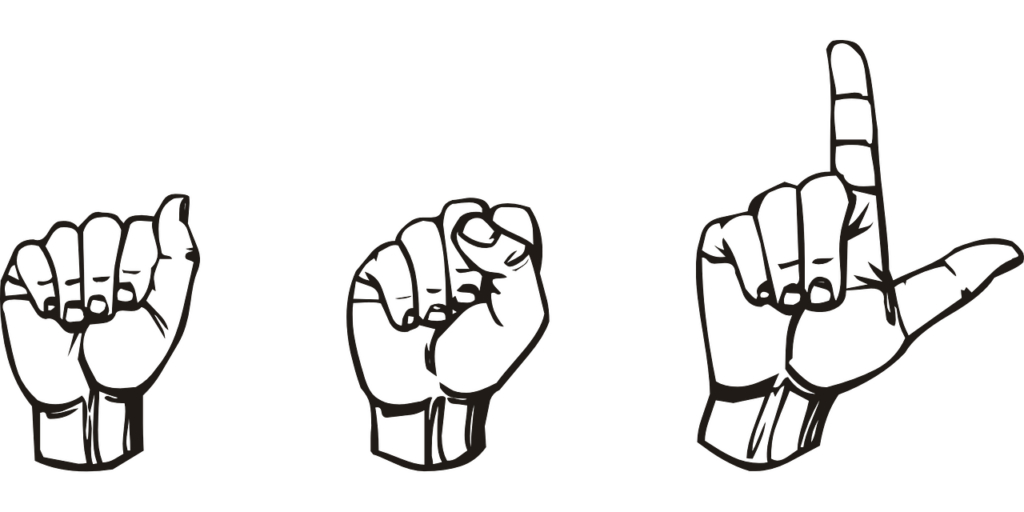Part of the reason I wanted to learn some basic ASL was to increase the scope of the students I can support within my role. As a teacher, I am responsible for the wellbeing of my students and providing them with the necessary support. Something that I thought would be important to learn during my project was a few of the main ASL medical signs. Although I still have a long way to go, I think that at least starting to build my ability to recognize these signs would be a good start. I found an awesome video that is about 10 minutes long that went through some of the most important/popular medical ASL signs. I have embedded it below if you were curious and wanted to learn a few yourself!
They went over about 40 different signs/phrases. While it was a lot to take in, I hope that over time I can practice them and with review they will become more accessible to me. It was interesting to learn a few of the signs and how they build directly off the ASL alphabet. For instance, the sign for “hospital” uses an “H” hand and draws the shape of a hospital cross on your shoulder. Another example is the sign for “doctor”, it uses the sign for the letter “D” or “M” on the wrist like you’re checking the radial pulse.
A few other interesting concepts that I was able to recognize within this video was the nonverbal components of signing and how they play a role within different signs. For instance, when signing a question such “are you okay/alright?” the signer raises their eyebrows to indicate a question is being asked. Another example is using facial expressions to emphasize the sign. One of the examples was in signing “nauseous”. With this sign, the individual made a facial expression to express that they feel unwell.



